
Writing and publishing your posts can be tiresome.
Even if you employ writers, you might not fully trust them…
So you’ll still see this screen pretty often:
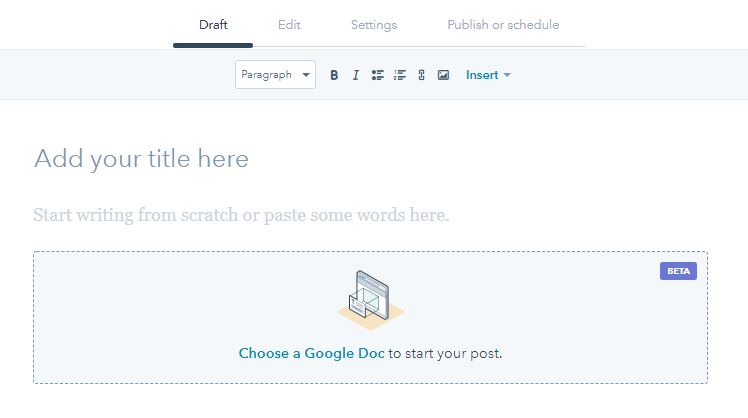
The answer seems pretty easy: Hire more people.
But it’s not that straightforward.
You need to hire the right people, slowly have them assume responsibilities, upskill them, and make sure you keep track of their performance.
The good news? There is a right way to do it and we’ll show you how.
It all starts with...
The Hiring Process
When it comes to the job board you’re using, you can go for your area’s Indeed. If you want to hire people remotely, you can consider using WWR.
If you want to hire freelance writers, use the ProBlogger Job Board and Freelance Writing Gigs.
Where you find candidates is not the most important aspect, even if it counts. If you want to find out more about that, make sure you read this piece on how to outsource content writing.
Similarly, don’t worry about application structure that much.
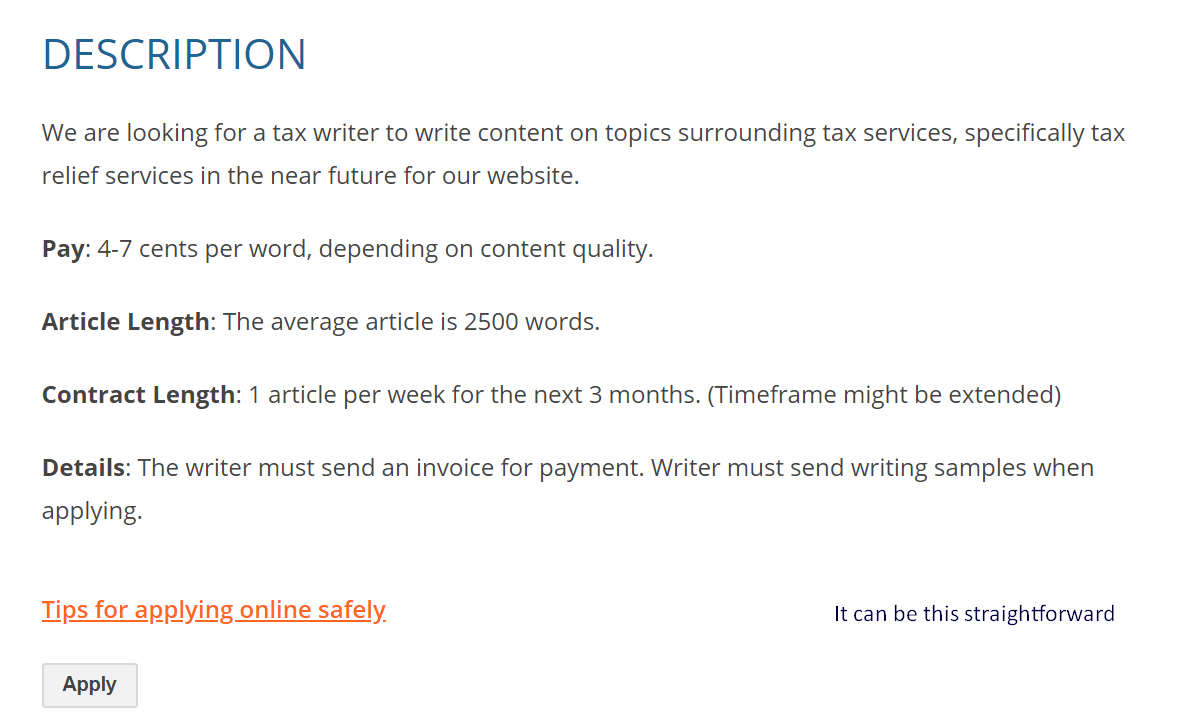
Try to not fill in details just for the sake of it. Make sure you specify expected qualifications, experience, and detail responsibilities. It’s important to weed out some candidates by writing a clear job description, because it makes your job easier further down the line.
Once you have everything set-up, get ready. Sorting through resumes and applications might take a while, and not all of them will be stellar.
That's why you should clearly establish some criteria before you start sifting through applications. Take some time to consider what’s important for you, whether it’s experience, past results, copy quality, or familiarity with your niche.
And according to that, you should make a shortlist for interviews.
This isn’t the time to hammer away at your potential writer. They might put on a good show, which is not what you need from a writer.
Instead, just have a short chat to get to know them.
And then send a trial piece.
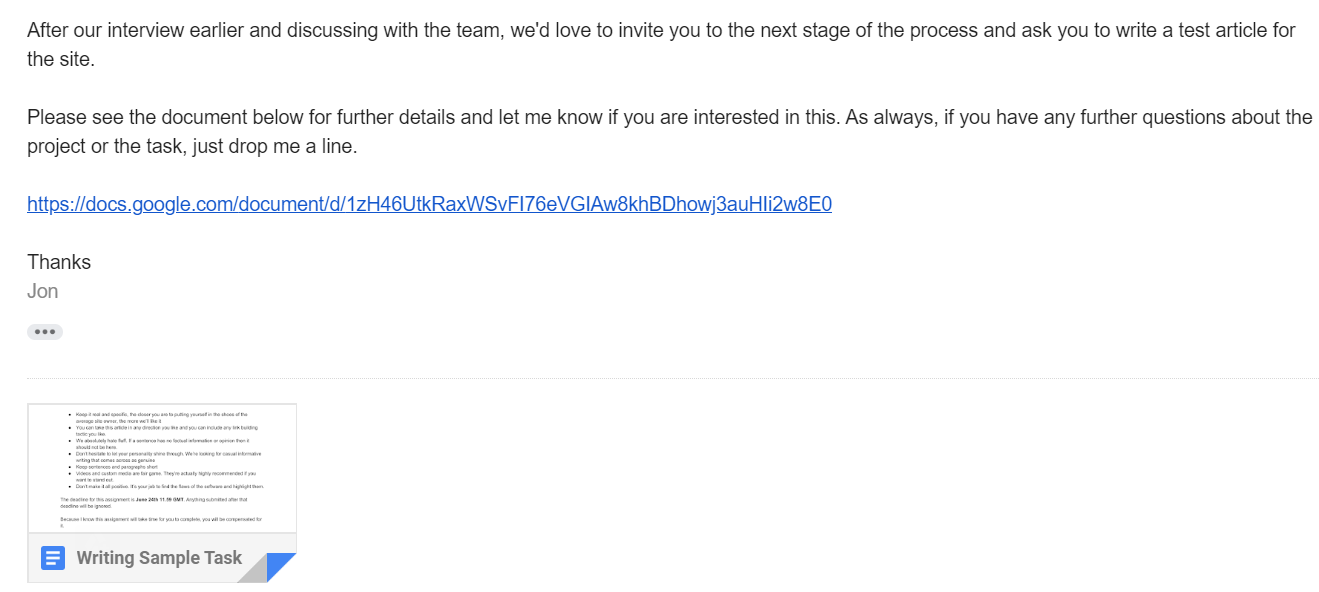
We’ll take this opportunity to make a side note: we recommend a similar approach for all positions for your company. You should aim to have a short-term, low-commitment project to see how a potential collaborator works.
But getting back to your editorial team. Analyze all the samples you get and just ask yourself:
“Which of these am I most likely to publish?”
You should base this on your site’s particularities. For example, if you’re focused on affiliate marketing, your writers should be able to leave room for affiliate links in a natural way. If that’s you, don’t forget to check these successful affiliate websites examples.
Remember, if you’re trying to find freelance writers and you get several brilliant samples… you can negotiate a collaboration with all potential candidates.
But keep in mind that you can’t just 10x your team…
And expect 10x results.
Why is that?
- The hiring process takes time. A lot of it, usually. That’s time you, or your team, are not spending on growing the site.
- Writers need to adapt to your platform, understand your style and tone, learn about pieces they can link back to, and a ton of other stuff.
- You need to onboard new teammates, which can be clogging up your resources in the short term.
- Editorial is not all of it. New content is great, but you still need to worry about content promotion, SEO, link building, and maintenance.
So yes, scale your editorial team, but if you want to do it right, take it slow.
Small increments are almost always better than a huge boom that you’re not sure you can control.
Upskilling Your Writers
You know what’s better than a fabulous writer?
A self-sufficient writer.
OptinMonster for example has their writers do everything.
They research their own topics (although there is a content plan just to be safe), they publish their own article…
And they’re even in charge of social promotion and email marketing efforts to promote their own pieces.
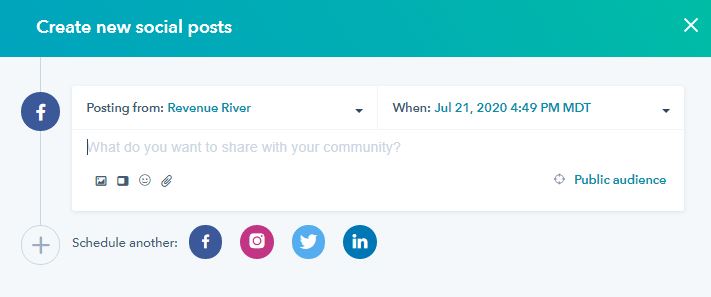
But it’s not always safe to start that way. You don’t want to just give control over to your official communication platforms.
So first, make sure your writers are also good editors.
If their pieces are consistently not quite publish-ready, but you do like how they work, focus on teaching them copy quality.
Slowly increase their responsibilities.
Maybe after a while, you can have them write a short summary of the post to be shared on social media along with a link to their work. If you’re more invested you can even consider some courses on writing and publishing.
If you’ve been bootstrapping your website and you know its inner workings, you can even hold them yourself.
What you’ll teach them depends on your needs as a platform, and what you identify as your team’s needs. However, there is a universal skill every editorial team member should master if you want to scale right.
Creating content for humans, not robots.
How To Help Your Writers Create Content For Humans (And Not Robots)
Google doesn’t value keyword stuffing, unnecessary large word counts or spammy links.
And you can’t be tricky about it.
They’ll know.
SEO is very important, you should definitely do keyword research, and we have a ton of success with the Surfer Content Editor.
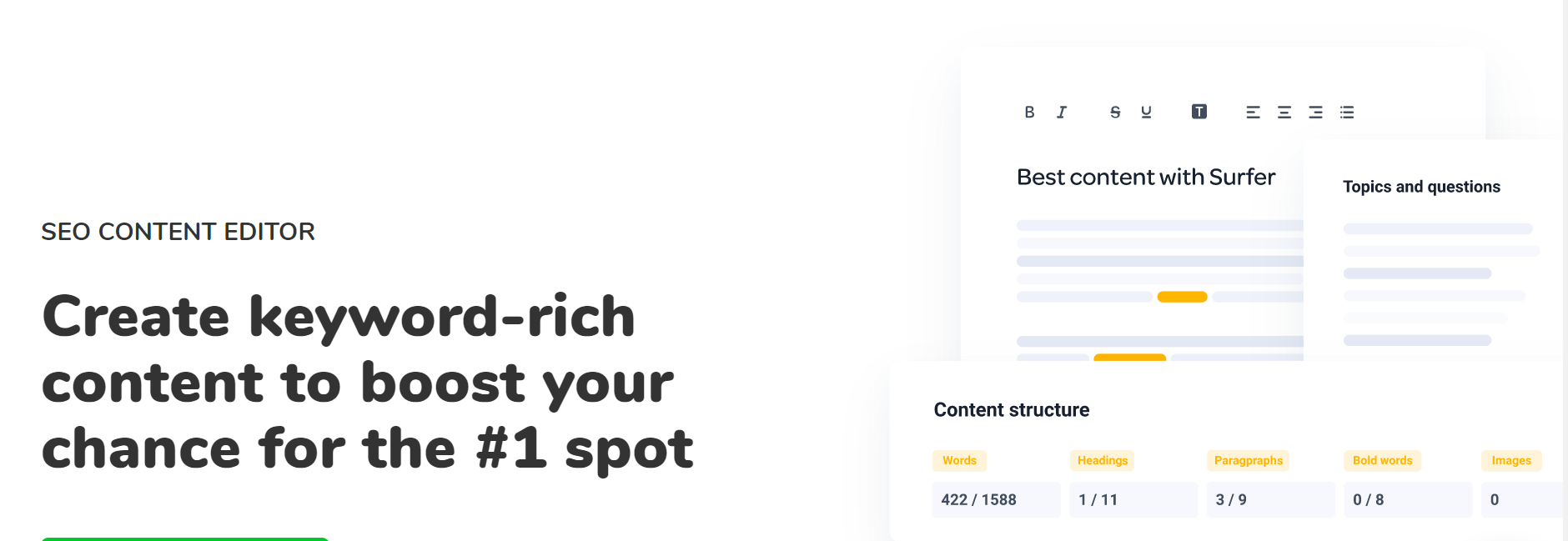
But that shouldn’t be your editorial team’s priority.
Google wants to keep its users happy. You can easily do that by actually serving your readers.
- Answer their questions
- Don’t inflate word counts just for the sake of it
- Use keywords naturally
- Make your copy captivating
And the first step to making sure your editorial team is focused on that…
Is to communicate it.
Make it clear that you value writing for humans.
And if the difference between writing for humans and writing for bots isn’t clear, maybe you did something wrong in the hiring process. Good writers understand the difference.
Secondly, track copy quality and added value.
Both in the trial piece, and in your first collaborations.
If your writers can easily write for humans, it’ll show in a piece that flows well, and a huge amount of value.
Lastly, reward writing for humans all throughout your collaboration.

You’ll want to reinforce this writing paradigm.
How To Keep Track Of Everything
Let’s say you had a successful hiring process.
You now have 1-3 new writers and editors on board, ready to take on the challenge of expanding your site.
You made sure everyone is aligned, and you have a pretty decent idea of what you’ll have them work on.
It’s important to keep it from spiralling out of control.
And there’s nothing worse than spending too much money on a process that doesn’t deliver for your company.
So the first thing you’ll want to keep track of is spending. Calculate an approximate ROI for content (which can be long-term) and make sure you’re financially on top of it.
If that’s not feasible for your company, just make sure you set a budget for your editorial team and do your best to stick to it.
Next, create clear KPIs, both for your editorial team’s output:
- Word count
- Articles produced
- Time spent on an individual article
And for their results:
- Views on their work
- Traffic increase
But don’t forget to corroborate their efforts with the right content marketing and link building mix, or they’ll just be writing awesome content that barely gets read.
Lastly, you need a hub to coordinate all of this from. Even one article can turn into a very long email thread.

Yeah… avoid that. It’s confusing.
We’re set-up in Asana.

We have different channels for different projects. We have a clear path for all articles, and tags applied on individual tasks so they’re easy to find.
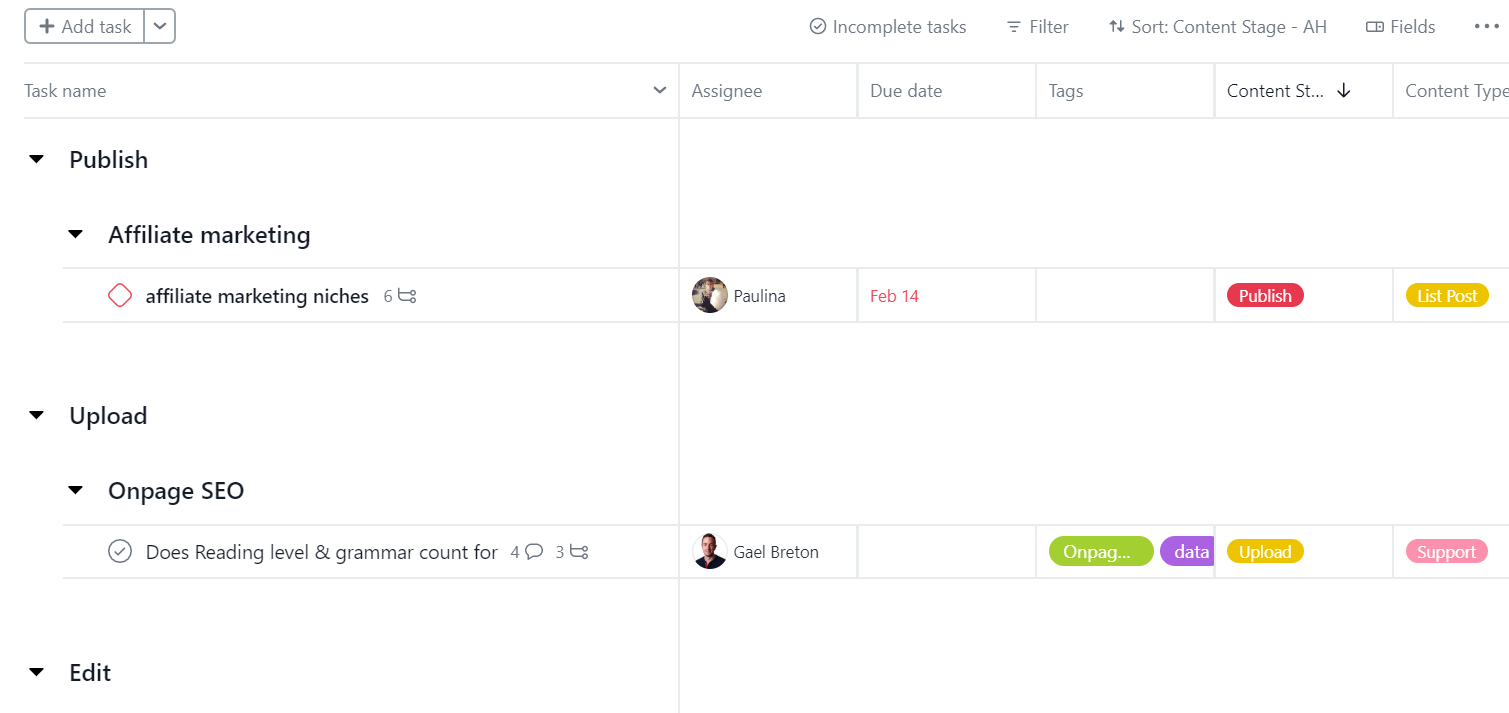
If you’re not a fan of Asana, you can adapt this workflow to any task management platform.

That’s Trello. It’s not as complex as Asana, but it still gets the job done.
Just make sure the right people are notified when:
- A new assignment is created
- An article is written and needs editing
- An article is ready to publish
But you can further break this process up. For example, if you have two rounds of editing - one for SEO, one for copy quality - you can create a step in the workflow for both of them.
Just remember, task management platforms are versatile.
Take this formula if you need it and work on it to fit your site’s needs.
In The End
Scaling your editorial team is not about lightning growth.
Really, it should be the opposite:
Small, deliberate steps in the right direction.

